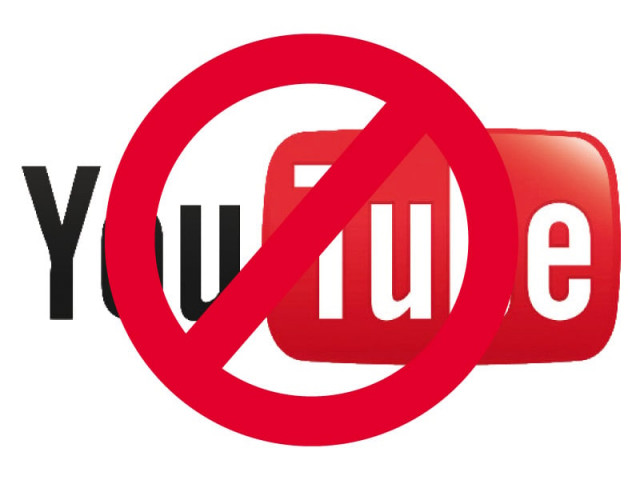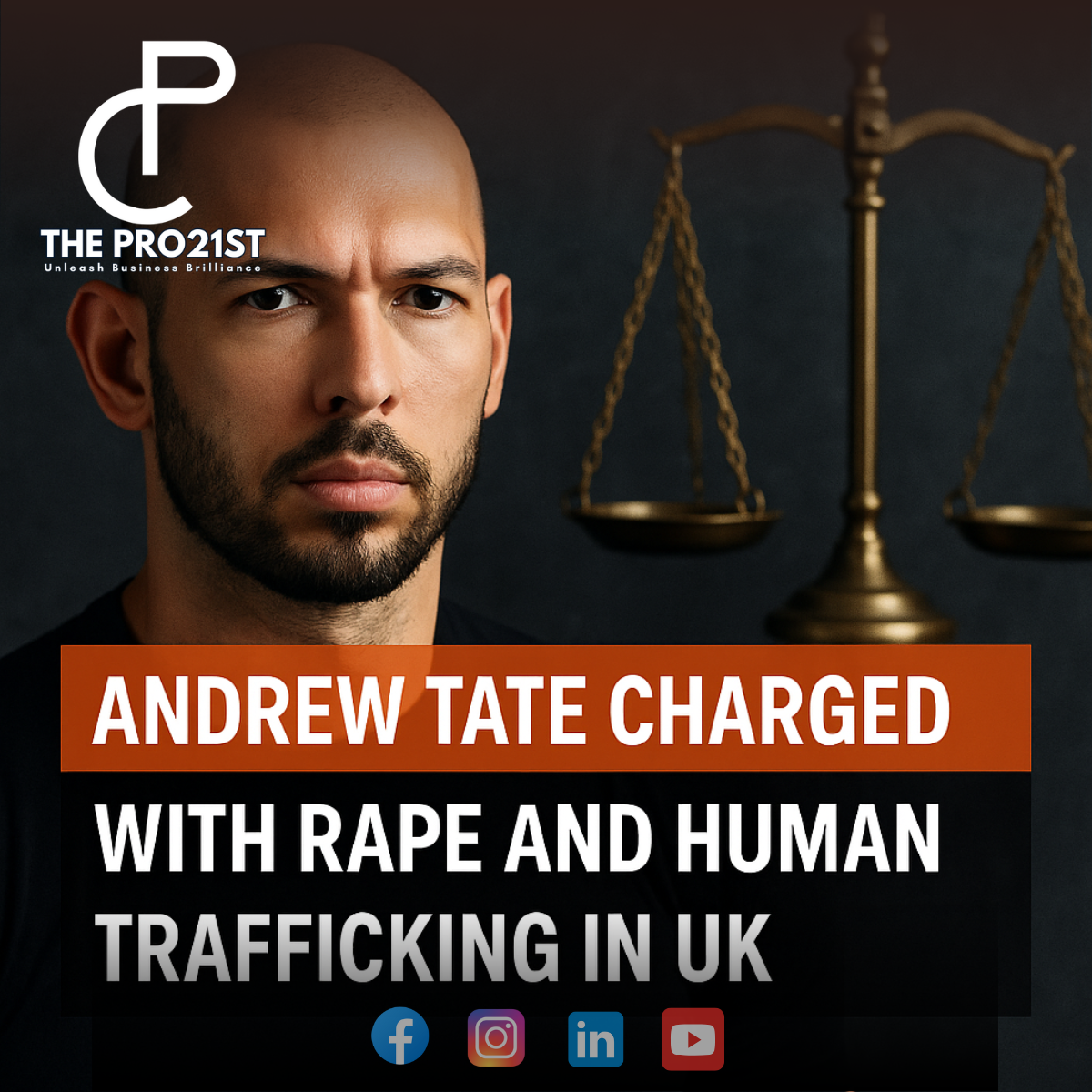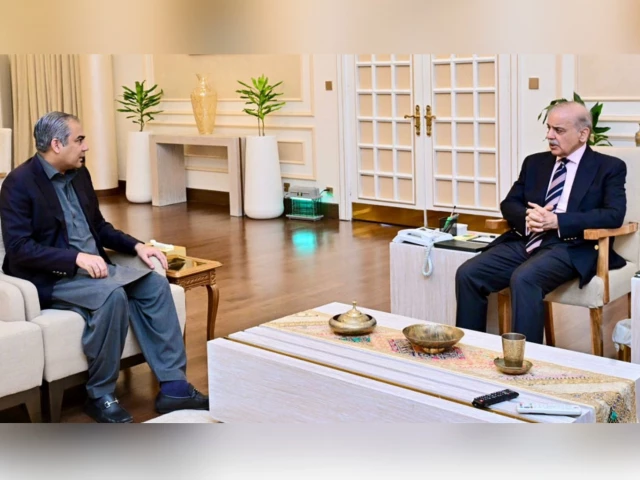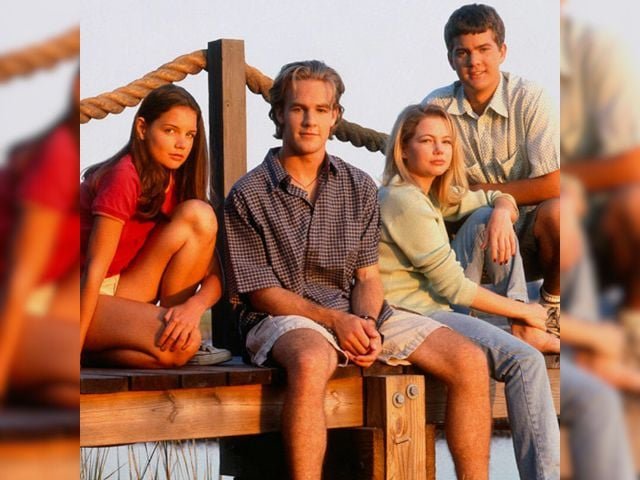Australia Takes a Stand: Expanding Social Media Ban for Teens
In a notable move for child safety, Australia has decided to extend its ban on social media platforms to include YouTube. This change comes after a government review revealed that nearly 37% of minors reported encountering harmful content on the site, making it one of the most concerning platforms for young users. Prime Minister Anthony Albanese emphasized the importance of safeguarding Australian children and reassured parents: "We have their backs."
What Does This Mean for Young Australians?
Beginning in December, Australians under the age of 16 will be prohibited from having their own YouTube accounts. However, parents and educators will still have access to the site for educational purposes. YouTube, which serves approximately three-quarters of Australians aged 13 to 15, argues that it should not be classified as social media. According to the platform, its primary role is to host videos, not to engage in social networking.
The Feedback Loop: Concerned Voices
Critics, including social media giants like Meta, are contesting the ban. They highlight that YouTube’s algorithms and user interaction features share similarities with established social media platforms. Despite their objections, education advocates, like Angela Falkenberg from the Australian Primary Principals Association, support the ban, stating that teachers are well-equipped to guide students in using online resources responsibly.
Misinformation and Child Safety
Amid the rising tide of misinformation facilitated by social media and video-sharing platforms, the government’s initiative is seen as a crucial step towards regulating big tech’s influence on children. Experts emphasize the urgent need for such measures, especially in an era where harmful content can spread like wildfire.
A Potential Legal Battle
YouTube has already signaled its discontent with this new regulation, hinting at possible legal action against the Australian government. The company previously made headlines when it threatened to pull its services from Australia over similar disputes. However, Minister for Communications Anika Wells remains steadfast: "I will not be intimidated by legal threats when this is a genuine fight for the well-being of Australian kids."
As this situation unfolds, the Australian government is also awaiting results from ongoing tests aimed at developing effective age verification methods for social media platforms. With fines of up to A$49.5 million looming over non-compliant companies, the stakes are high.
Conclusion: A Safer Online Future
While the extension of this ban raises questions about digital freedom, it underscores a growing commitment to child safety online. The hope is that these measures will lead to a more responsible digital environment where children can explore educational content safely.
As we navigate these changes, staying informed and engaged is crucial. If you’re interested in further exploring the impact of technology on education and child safety, consider joining conversations at Pro21st for more insights and resources. Your involvement can help shape the future of responsible online engagement!





